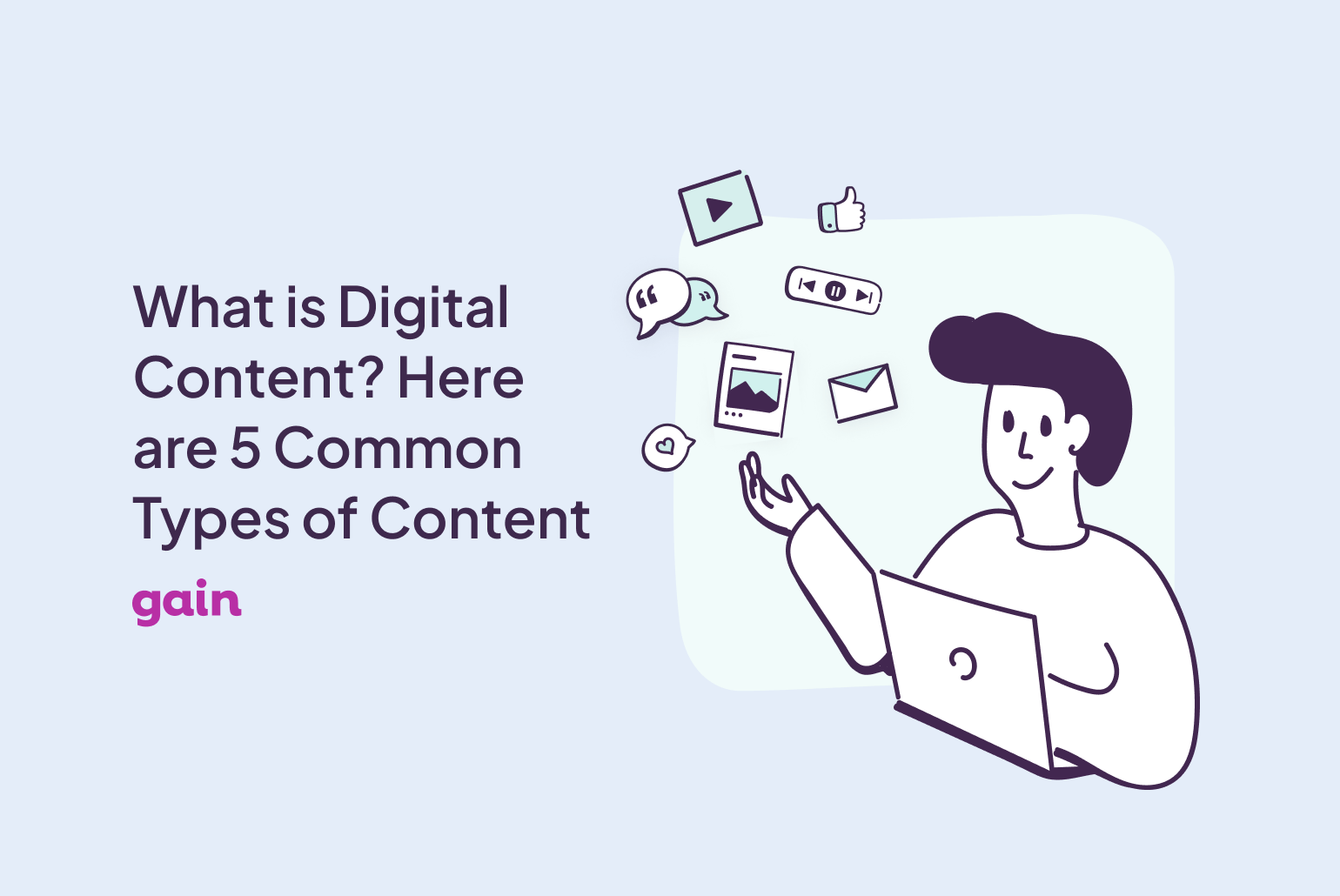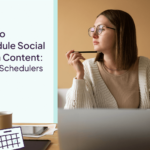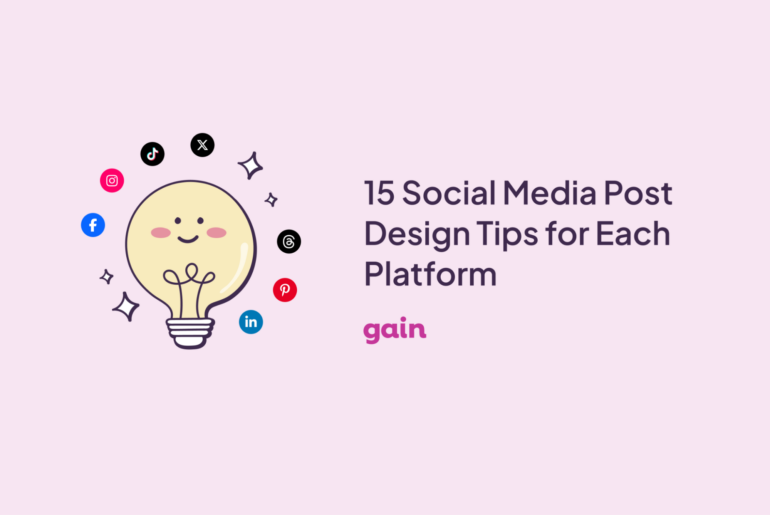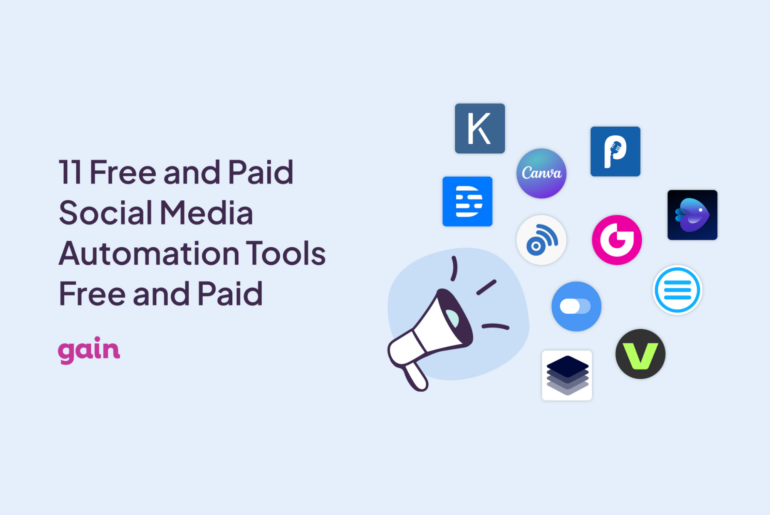When it comes to promoting your products or services, having a well-thought-out marketing campaign is essential. A crucial element of this is incorporating digital content into your strategy.
Today’s businesses understand the immense value that digital marketing brings. Not only does it raise brand awareness, but it also educates potential customers, helping them make informed decisions about purchasing from you.
The success of your digital marketing efforts hinges on the messages you deliver. With the right digital content, you can place your brand front and center, driving more sales.
So, what is digital content? Why is creating and publishing digital content important, and what are the five common types of digital content? Read on to learn more.
What Exactly Is Digital Content?
Digital content is any material you create and share online. This includes blog posts, social media updates, videos, podcasts, images, and interactive tools.
For businesses, digital content is a powerhouse. It helps build brand awareness, educates potential customers about products or services, and drives engagement through various online platforms. Essentially, digital content is the key to making your marketing efforts more effective and connecting with your audience in meaningful ways.
The Importance of Digital Content for Businesses
There are many benefits to creating and publishing digital content consistently. And while there are many different content types, they can all serve your business and help you generate demand for your products or services.
For example, digital content can:
- Make your business more visible on search engines like Google and Bing, driving more traffic and potential clients to your website.
- Help you build relationships with your audience.
- Establish your brand as an authority in the industry, particularly if you consistently publish valuable and informative content.
- Generate leads that are more cost-effective compared to traditional marketing methods like TV ads.
5 Different Types of Digital Content
1. Text-Based Content
Text-based content refers to any written material that is published digitally. This includes blog posts, articles, eBooks, white papers, newsletters, social media updates, and even website copy. It is foundational to digital marketing and serves as a primary method for conveying detailed information, ideas, and messages to your audience.
The main functions of text-based content are:
- SEO and traffic generation
- Education of the audience
- Building trust and authority
- Lead generation
- Supporting other content types such as video or social media posts.
Let’s take a look at the most common text-based content in a bit more detail.
Blogs
Regardless of your industry and target market, blogging should be part of your digital marketing efforts. That’s because blogs provide informational value to your audience and make your business more credible.
Every blog post can also help your website become more visible on the search results pages (SERPs). Search engines like Google determine who gets to take first place in the SERPs, and blogging can boost your chances.
You only need to do extensive audience and keyword research. When writing a blog, discuss topics that people in your market will want to know. Be original by looking for issues your competitors haven’t tackled yet.
The keywords you are using should also be relevant to the products and services you sell. Use tools like Buzzsumo or SEMRush to look for keywords in your industry you can compete for. Moreover, make sure that your blog posts are properly formatted and structured using H-tags.
Social Media Posts
Social media updates are short, timely posts shared on platforms like Facebook, X, LinkedIn, and Instagram. These updates are designed to engage your audience, share news, and drive traffic back to your website or other digital content. They can include status updates, promotional posts, industry news, inspirational quotes, or behind-the-scenes glimpses of your business.
Of course, social media posts usually include visual elements like videos, images, carousels, and GIFs. So, it’s not just about writing the copy; you also need to add visuals to make a bigger impact.
Creating social media content can be time-consuming, whether you’re a marketing manager working within a company or a social media agency managing multiple clients’ accounts. A tool like Gain can be a huge help with brainstorming ideas, creating content, getting it approved by key stakeholders, and scheduling it for automatic publishing across all major social media platforms.
Newsletters
What do you do if you have potential customers asking about the products and services you sell but are still unsure about purchasing? One way you can keep them engaged is by sending newsletters.
These will consist of updates about your company as well as vouchers and promo codes that people will want to redeem once they’re ready to buy. To start capturing emails, you only need to include a fill-out form on your website.
When starting a newsletter campaign, you can use platforms like Mailchimp and Omnisend to design your messages. Be sure to strike a balance between visual and text content.
You will need every newsletter you send to provide value to the people receiving it, so you wouldn’t want to send boring blocks of text. Include tips, information about your latest product launches, and contests.
Apart from that, you will need to write an enticing subject line in about 60 characters or less. You may also need to do an A/B test before sending to determine if your messages will get enough click-throughs.
2. Video Content
Video content is becoming a popular means for brands to generate interest and initiate conversations. According to HubSpot, about 86% of businesses are using videos as a marketing tool, mostly for reaching brand awareness and lead generation goals.
This number is expected to increase year after year, so you might as well start spending more time and resources building your video marketing campaign. The best part is that it won’t cost much to produce videos that support your digital marketing goals. Tools like Lumen5 and Vidyard can make the process easier. You can create and publish engaging videos and presentations across multiple platforms in a matter of minutes.
You still need to determine the type of content to produce that will attract and convert viewers into customers. Consider creating tutorials and reviews about your products. That’s exactly what we did here at Gain by creating “how-to” videos to show our users how to use our product’s features.
With videos, you can get as creative as you want, doing things like a virtual tour of your office or facility and introducing viewers to the people behind your brand.
If you want to take your video marketing efforts to the next level, consider starting your own podcast and inviting influencers in your industry or niche for a conversation. You can then turn these podcast episodes into short-form video content that could have viral potential on platforms such as Instagram or TikTok.
3. Audio Content
Audio content, such as podcasts and audiobooks, is becoming increasingly popular. It offers a hands-free way to consume information, making it perfect for busy people on the go. Examples include:
Podcasts
With the rise of podcasting, businesses have a new avenue to share their expertise and engage with their audience. Studies show that 42% of Americans listen to podcasts monthly.
Take the example of “The Diary of a CEO” podcast, hosted by Steven Bartlett. This podcast has become a must-listen for entrepreneurs, marketers, and business professionals. As of July 2024, it had millions of listeners on Apple Podcasts and 6.6 million subscribers on YouTube.

Audiobooks
Another digital content asset to add to the list is audiobooks. These are great for providing in-depth information on a subject, allowing your audience to learn while they commute, exercise, or do other tasks.
4. Interactive Content
Interactive content is the sort of content that encourages your audience to directly interact with the material they’re consuming.
A good example of this would be running a poll on LinkedIn or another social media platform to ask for your audience’s feedback or opinion. It can also be something like a calculator or a quiz, just like in the example below:
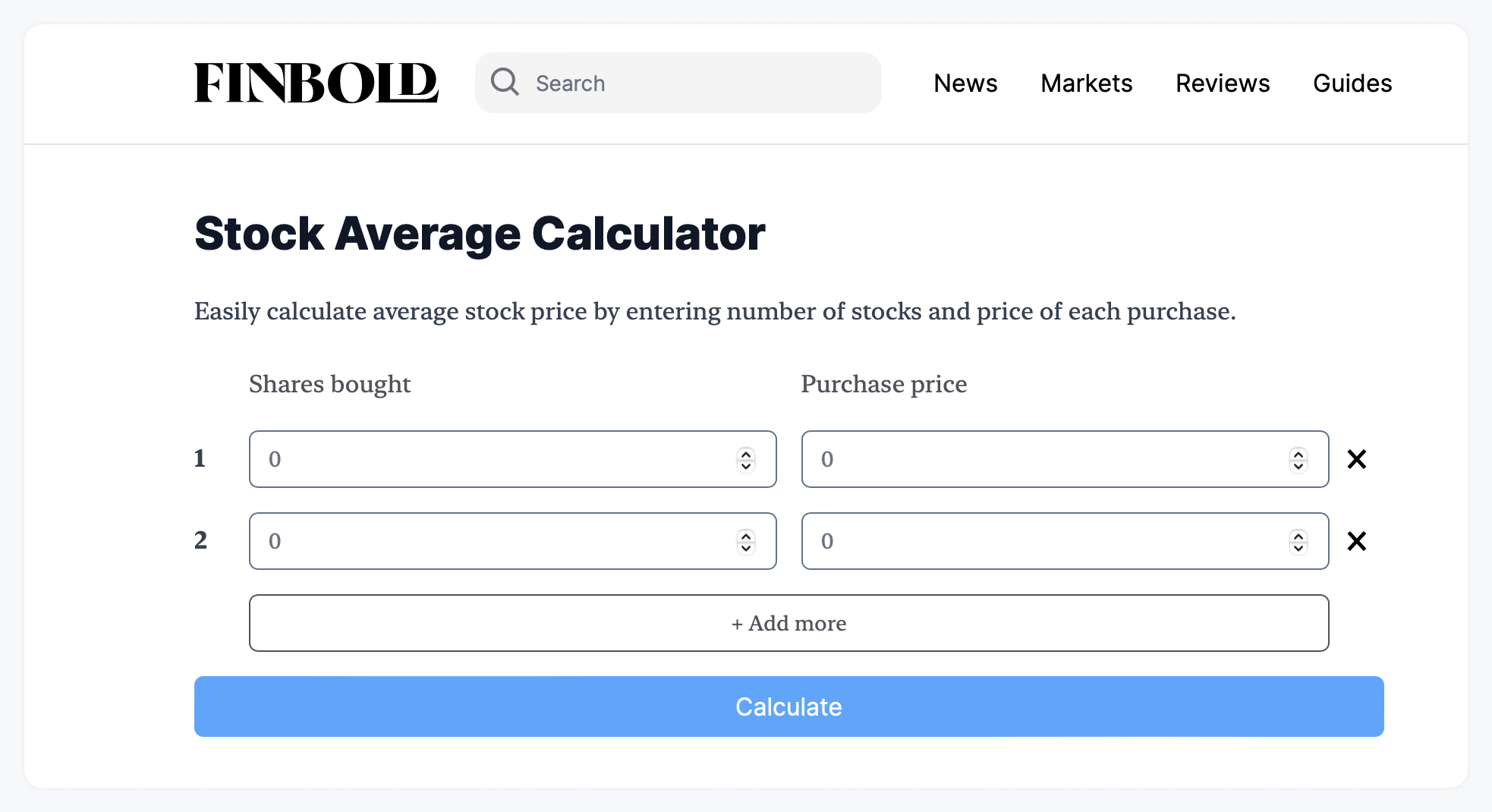
There are many benefits to using interactive content. The main one is that it generates 52.6% more engagement than static content while also boosting the content’s reusable value. Likewise, calculators or interactive tools can also help your brand stand out from other competitors who primarily rely on so-called traditional content such as blog posts and eBooks.
5. User-Generated Content
Last but not least, let’s talk about user-generated content (UGC). UGC is any content created by your customers, fans, or community members rather than your company. Think reviews, testimonials, social media posts, photos, videos, and blog comments.
The best part about UGC is that you don’t have to create it yourself—your customers do it for you! This type of content can be a goldmine because it serves as social proof, showcasing real experiences from real people. For instance, if a happy customer leaves a glowing review on sites like Yelp or G2 or even their own social media account, you can feature it on your website or social media.

Most importantly, UGC helps you build a community around your brand. You can run contests using hashtags to encourage your audience to create and share content featuring your product or service. This not only increases brand awareness but also boosts engagement, fostering a stronger connection between your brand and your audience.
FAQs About Digital Content
The best type of digital content depends on your audience and what you’re aiming to achieve. A mix of different types usually works best. If your audience loves quick, visual information, infographics and videos might hit the spot. But if you’re looking to establish yourself as an industry leader, long-form articles and white papers could be the way to go.
To measure success, look at metrics like engagement rates, website traffic, lead generation, and conversion rates. Tools like Google Analytics, social media insights, and email marketing platforms are super handy for this. Track these numbers to see what’s working and tweak your strategy based on what resonates most with your audience.
There are a few pitfalls to watch out for. Avoid over-promotion—nobody likes a hard sell. Don’t neglect SEO, as it helps your content get found. Be consistent, and make sure to engage with your audience. Also, listen to feedback! It can provide valuable insights and help improve your content strategy.
Wrapping Up
No matter if you’re running a startup, a large company, or a marketing agency, it’s crucial to know what kind of digital content will help you reach your target audience. You just need to do it right so you can get the full benefits of running effective marketing campaigns.
A social media management tool like Gain makes managing all your social media content easy and efficient. Designed specifically for agencies, Gain features dedicated workspaces for each client, so you’ll never mix up the content you upload, edit, and manage.
Gain also offers automated content approval workflows with unlimited stakeholders, so you don’t have to chase down client feedback manually. It follows up with the right people at the right time and keeps a detailed log of client requests and team actions right next to the content.
Once approved, Gain schedules and publishes your posts automatically. All you have to do is check the performance metrics to see how your content is doing.
Try Gain free to see for yourself how much easier managing all your social media content at scale can be!

